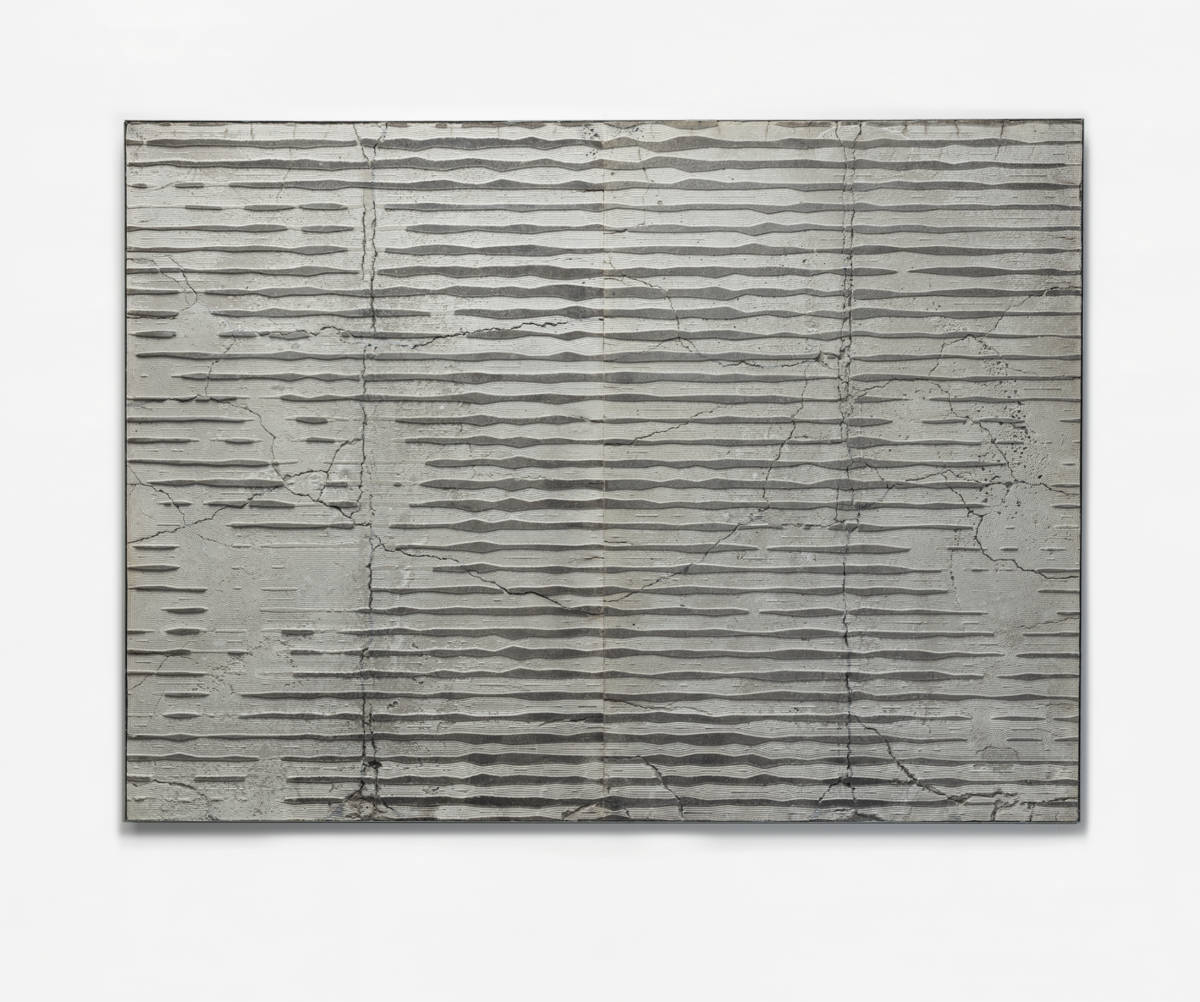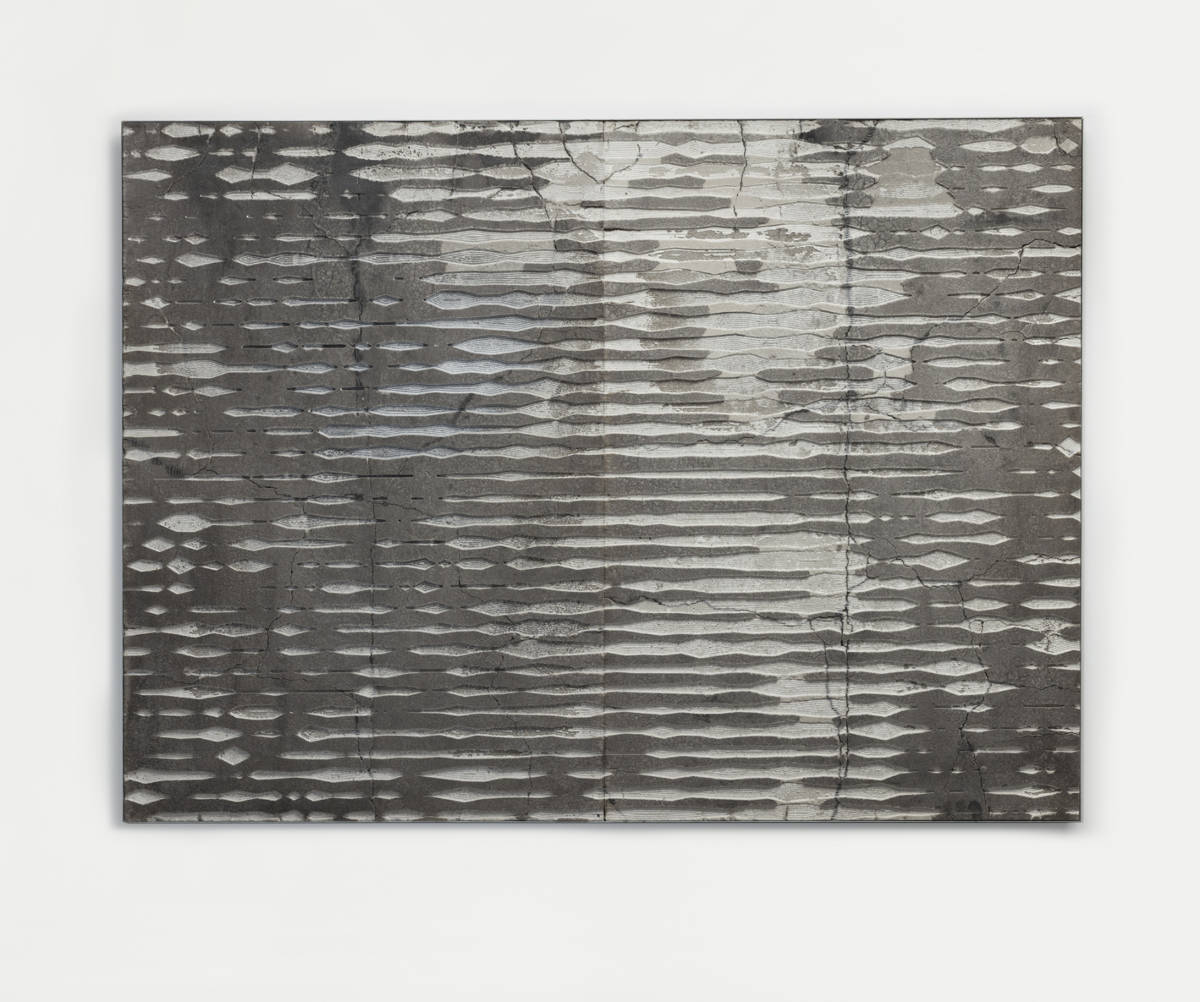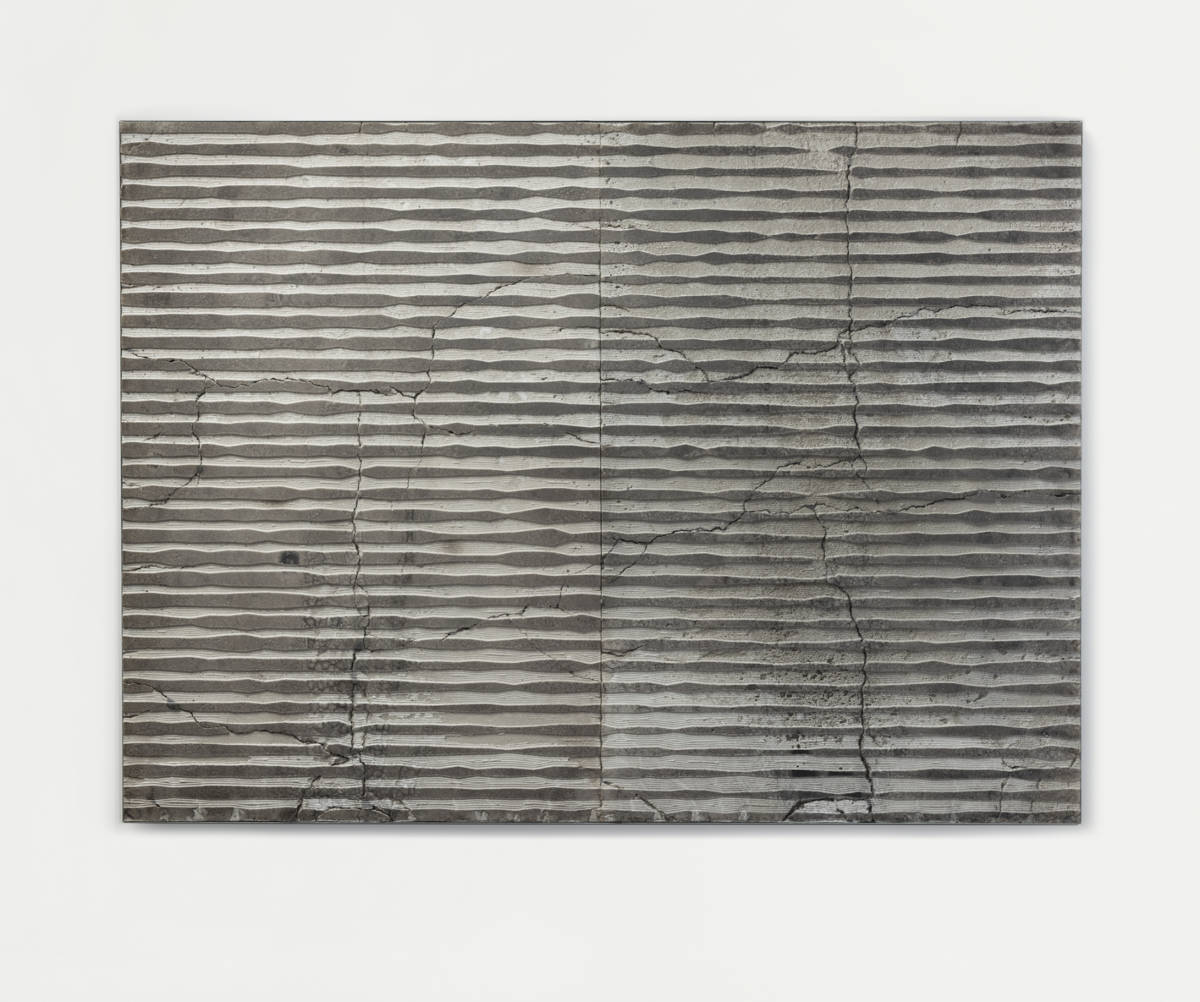Drawing from environmental data that maps the moment of climate crisis that we are now in, this group of three works allude to the price we pay to see. It is darkly ironic that the resource heavy infrastructure that has enabled the development of powerful technologies that allow us to understand the world better than ever before, is itself damaging the network of things that we are attempting to understand
Yearly graphs of ocean wave heights from a number of randomly selected locations have been robotically milled into slabs of cast sea-salt recycled by desalination plants. The first year of data marks the moment when accurate measurements began to be transmitted back to earth from scanning orbital satellites, up until the present day. Ocean swells (waves) are driven by low and high pressure atmospheric events (storm cells) which are themselves a result of thermal flux in global ocean currents. Wave height data is a key marker for understanding how climate change may be affecting extreme weather events


